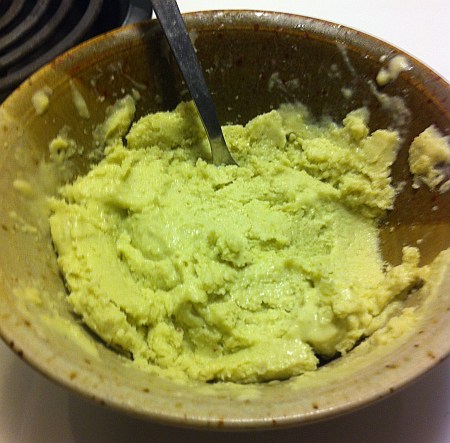About a year ago my wife switched us from using regular sponges in the kitchen to some kind of strange rubber cloth that we can throw out after a month or two. The reason for the change?
Bacteria and the problem with sponges being a haven for bacteria that can cause disease. There is a story out on MSNBC today that seems to give a solution to these spongeborne bacteria and apparently microwaving is the answer.
Disinfecting a kitchen sponge

Two minutes in a microwave oven can work for disinfecting a kitchen sponge, U.S. researchers reported on Monday.
A team of engineering researchers at the University of Florida found that two minutes of microwaving on full power killed or inactivated more than 99 percent of bacteria, viruses or parasites, as well as spores, on a kitchen sponge.
Unlike stains, discoloration, and water spots, restoring etching on marble countertops can be much more difficult to address. This is primarily because etch marks are the result of the marble corroding due to acidic substances, such as chemical cleaning solutions or acidic fruits. Etching on marble is actually quite common on kitchen countertops and bathroom vanities. The main reason for this is that most individuals are unaware that traditional, household cleaners can actually harm the marble surface over time.
As the acids penetrate the marble stone, the surface will eventually corrode and the appearance of the marble significantly dulls. And because marble is a softer natural stone, the risk of etching is even greater compared to granite and slate countertop alternatives.
If you are noticing etch marks on your marble countertop or vanity surfaces, first determine how the etching occurred. Pinpointing the cause of marble etch marks can help you prevent it from happening in the future. Next, you’ll want to evaluate the extent or severity of the marble etching. Minor etch marks can typically be restored with a designated marble gloss restorer or polisher. However with severe instances of etching, you may need to invest in a marble restoration kit to buff and refinish the countertop surface.
“People often put their sponges and scrubbers in the dishwasher, but if they really want to decontaminate them and not just clean them, they should use the microwave,” said Gabriel Bitton, a professor of environmental engineering who led the study.
Writing in the Journal of Environmental Health, Bitton and colleagues said they soaked sponges and scrubbing pads in raw wastewater containing fecal bacteria such as E. coli, viruses, protozoan parasites and bacterial spores.
Then they used a common household microwave oven to heat up the sponges. It took four to 10 minutes to kill all the spores but everything else was killed after two, they said.
The researchers suggest wetting the objects—water being heated by the microwave seems to play a role in the sterilization—before zapping them every other day or so.
“The microwave is a very powerful and an inexpensive tool for sterilization,” Bitton said.
At least 76 million Americans get sick from food borne microbes every year, according to the U.S. Centers for Disease Control and Prevention, and 5,000 people die from them.
Kitchens are a common source of these illnesses.




